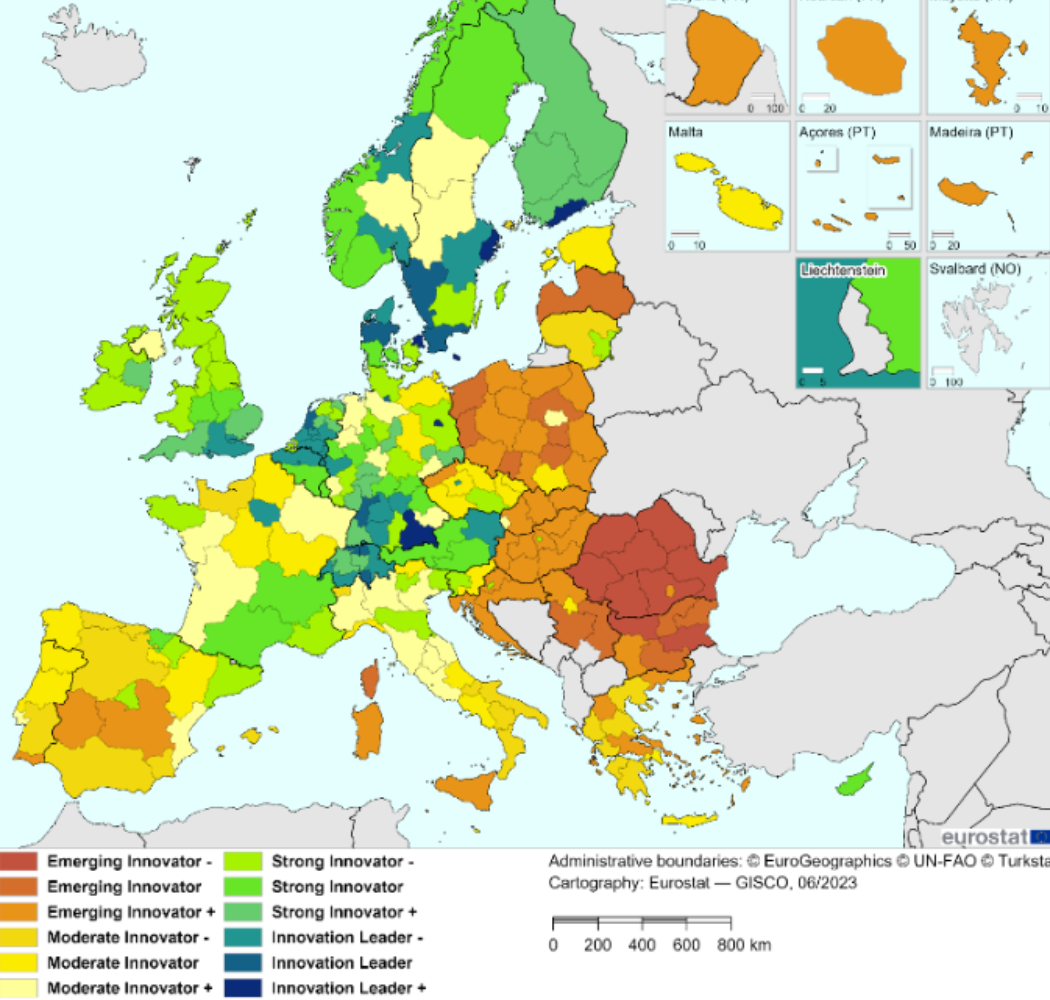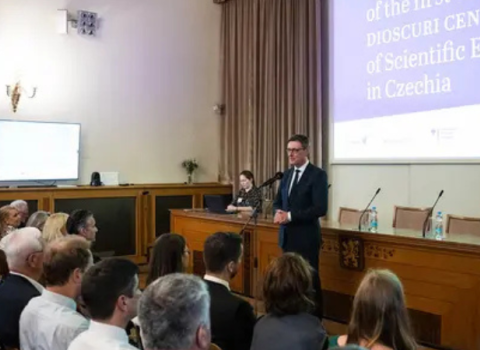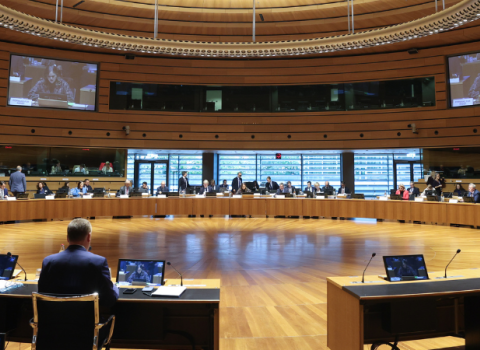As the first moves are made in shaping the 2028 – 2034 R&D programme, there are informal discussions about shifting the focus of Widening measures away from country level and using this initiative to support all less-advanced regions across the EU

There is a push from certain EU member states for Horizon Europe’s Widening measures to be opened to regions across the continent, rather than focussed on specific member states as is now the case.
There have been no formal discussions about such a shift, but several EU diplomats told Science|Business they are aware of this idea and that it is spoken about informally.
Widening measures were first introduced in 2014 under Horizon 2020 with the goal of helping to close the research and innovation gap between high- and low-performing countries. When these measures were carried over into Horizon Europe the budget was tripled to just under €3 billion.
The measures apply to 15 EU member states, Horizon Europe associated countries with similar research performance and to the outermost regions of France, Spain and Portugal.
A small cohort of EU member states wants to see these measures reorientated to support the development of low-performing regions in any EU member state. This is not a new concept and some member states lobbied for it during negotiations on Horizon Europe. It seems the steam has not gone out of the idea as preparations for the 2028 - 2034 framework programme 10 (FP10) begin.
The majority of member states, particularly those currently benefiting from Widening measures, are understood to be against this idea, or at least do not see it as relevant.
Supporters argue that certain regions within Widening countries are more advanced than many regions in non-Widening countries.
The EU’s latest Regional Innovation Scoreboard shows the capital regions in Widening countries including Prague, Budapest and Zagreb are classified as being stronger innovators than several regions in France, Spain and Italy.

Future of Widening measures up for debate
The European Commission is still at the very early stages of discussions on what Widening measures there will be in FP10. A specific task force has been set up within the European Research Area and Innovation Committee (ERAC) advisory body to scope plans for FP10, including the future of Widening measures. Any conclusions from that are not expected until 2024.
Marc Lemaître, the European Commission’s director general for research and innovation, said in June this year that Widening needs to be rethought.
“I think we should reflect as part of the process towards the next framework programme on whether the [Widening] instruments that have been put in place under Horizon 2020 and […] under Horizon Europe, are really up to making the difference, or whether we are missing something, and we don’t have all the instruments we need,” he said.
A 2022 report by the European Court of Auditors found that Widening measures were generally well designed, but their success over the long-term depends on reforms taking place at a national level in the countries that are part of the scheme.
Regions versus nations
“What is most important is to prioritise what is best for researchers, for universities and organisations,” said Anne Besnier, FP10 rapporteur for the European Committee of the Regions and vice president for higher education, science and innovation in the French region Centre-Val de Loire. This region is classified as a ‘moderate innovator’ on the regional innovation scoreboard and has the second lowest score of any French mainland regions, ahead of just Hauts-de-France.
But despite this, Besnier is not convinced by the idea of making Widening measures regional. “Is it better to do this going via states or regions? At the moment it is easier through states but that is not always the case. For FP10, it is a question,” she said.
For Ivana Didak, senior policy officer at the Guild of European Research-Intensive Universities who specialises in the Widening programme, there is a risk of “diluting the main objective of Widening measures”.
“If the goal is for these instruments to increase the Widening countries’ success in other parts of [Horizon Europe], then we should make sure that this goal is met,” Didak said. She suggests that EU structural funds, such as the European Regional Development Fund or Cohesion Fund, are better sources of capital and support to boost regional research and innovation ecosystems than Widening measures.
More and better synergies
Besnier noted that an alternative to opening Widening up to the regions would be to improve existing mechanisms that allow Horizon Europe money and structural funds to be used in sync.
There are several measures in place to link funds, and the Commission published a guide in November last year on their uses. But Monica Dietl, executive coordinator for the Initiative for Science in Europe (ISE), said these tools are not always used consistently by regions.
One synergy example is the Seal of Excellence, which allows Horizon Europe applicants who have an excellent proposal but do not make the final cut for funding to get financial backing through the structural funds instead.
However, this mechanism is inconsistently applied across the EU, with some member states having put in place a more automated system whereby applicants who qualify for the Seal of Excellent get access to the structural funds without re-applying, while other member states leave it up to the applicants to take their Seal of Excellence and go through the whole application process.
“Many regions just don’t use these [synergy tools] because either they didn’t think about integrating the research dimension into their strategic plans, or they have other priorities,” Dietl said. “This creates, within a country, inequality between the regions.”
Widening is not about cohesion
Dietl said that there is often a misunderstanding about what Widening measures are for, and this factor is in play in the conversation about opening them up to the regions.
The goal is not the same as EU cohesion funds, which are specifically targeted at reducing disparities between regions through investment in, for example, infrastructure or training.
In contrast, Widening measures have the same overarching principle as the rest of the Horizon Europe programme, which is to fund excellence by helping high quality researchers or institutions in Widening countries access competitive funding that they might not have won, due to a lack of experience in applying for grants or in taking part in EU-funded research.
“We need to ensure that the best [researchers] are funded wherever they are,” Dietl said. “The more you offer space for something that is associated with cohesion, the more risk you run that the framework programmes are deviated from their basic principles. This is one of the problems that Widening countries are facing. Too many think that Widening is somehow "second class" and it is less excellent research. Many have difficulties in understanding that Widening is not about cohesion,” said Dietl.
She is sceptical that Widening measures are achieving their purpose of helping researchers win funding in all areas of Horizon Europe. Rather, the initiative sometimes leads them to apply only for Widening projects, competing for funding of around €3 billion, while researchers from more developed countries tap into the rest of the €95.5 billion programme.
This should be addressed when planning for FP10. “The priority should be to put in place mechanisms to identify outstanding researchers in any region or country in Europe and [provide] the necessary support to help those researchers win funds from whatever part of the Horizon Europe programme is appropriate or necessary to their research [project],” Dietl said.





 A unique international forum for public research organisations and companies to connect their external engagement with strategic interests around their R&D system.
A unique international forum for public research organisations and companies to connect their external engagement with strategic interests around their R&D system.